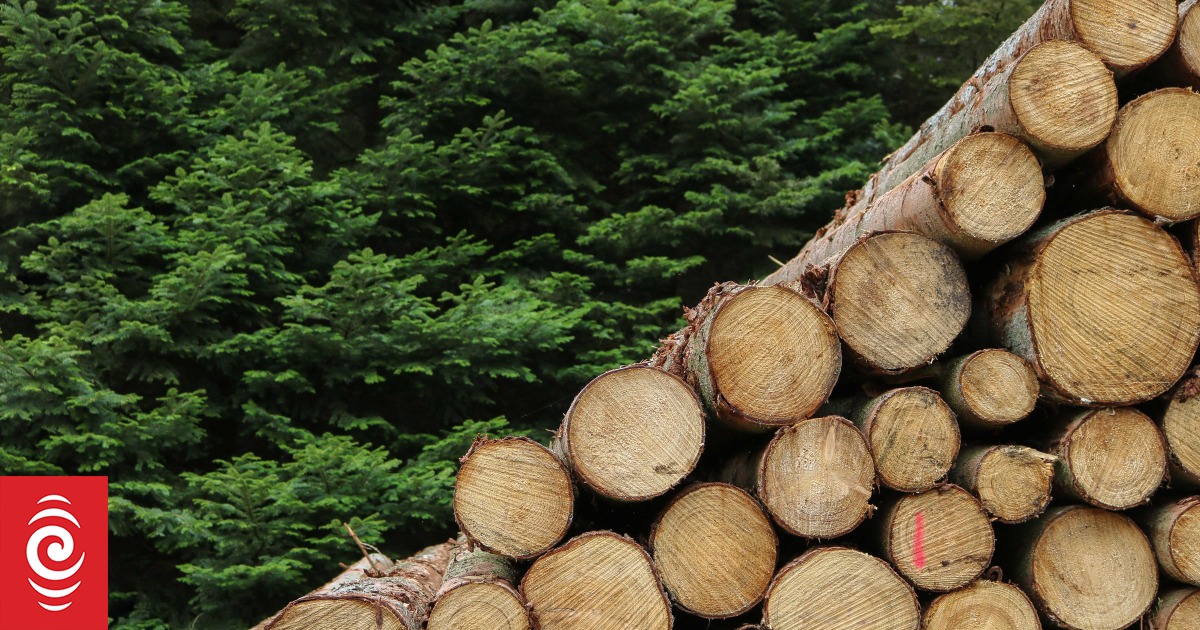Photo: Unsplash / Oliver Paaske
New Zealand’s wood processing sector is trying to work out how to meet incoming rules around deforestation for exports to Europe.
The European Union (EU) passed deforestation regulations last year asking those sending product to prove that their supply chains are free of deforestation.
The EUDR (European Union Deforestation Regulation) was expected to affect products including cattle products, palm oil or wood products.
New Zealand exported $100 million worth of wood products like wood chips to Europe last year – with more than half going to the Netherlands.
Wood Processors and Manufacturers’ Association chief executive Mark Ross said there was some confusion around the new rules, tipped to be implemented in late December, and how they would play out.
He said while the industry supported the idea, it needed more clarity.
“We support that, but the way they’re going about it, it’s going to be really hard to meet the criteria that they put out there for New Zealand exporters to the European Union countries,” Ross said.
He said processors would need to provide documentation detailing where the trees came from before products were processed, and if the forest site was re-planted.
“They’ll need to have geolocation data that shows where those forests have come from when it comes to wood products,” he said.
“We will need to have satellite images like GPS coordinates showing where those trees were harvested before they were processed.”
He said there could be a challenge for agriculture due to the provision that the export products would not be linked to conversion of natural ecosystems.
“If the land’s harvested then converted into agriculture, then you won’t be able to export those products. So if it’s harvested and then replanted, you’ll be fine.”
It comes as New Zealand’s Free Trade Agreement with the EU comes into force this month.
Simultaneously, Export NZ released a report on the agreement called Seizing opportunities through compliance, which detailed the impact of EU tools and provisions like the carbon border adjustment mechanism, green shipping arrangements and the deforesation regulation.
It said for forestry, compliance with New Zealand’s incoming legal harvest assurance scheme for timber “may ensure compliance with this EU regulation”, due to begin in 2026 – if all goes ahead.
The Ministry for Primary Industries has extended the consultation period for accepting feedback on a system to ensure timber is harvested legally, closing 4 June.
Ross said the wood processing sector will hold workshops with interested parties to help them adjust to the changes, before then searching for possible forest tracing softwares available in the market.
“But at the moment there there is a lot of confusion and uncertainty around what needs to be done,” he said.
“Some people are calling it significant implications and that trying to get that data would be very difficult in some circumstances.”
But he said New Zealand was in a good position, and believed the sector could carve out some competitive advantage here.
“When it comes to forestry and planting trees and we have good systems in place when it comes to knowing where our products come from.”
In an email to members, the association said it was considering “the approach and service of FSC”, the Forest Stewardship Council certification – which was widely used here already – but said feedback was the scheme alone would not provide the paperwork expected to be needed by European officials.

